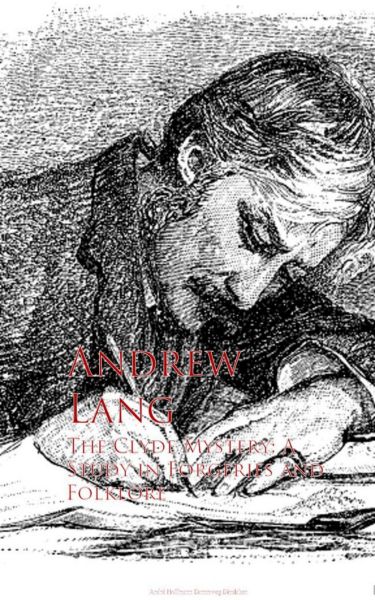The Clyde Mystery: A Study in Forgeries and Folklore
The author would scarcely have penned this little specimen of what Scott called "antiquarian old womanries," but for the interest which he takes in the universally diffused archaic patterns on rocks and stones, which offer a singular proof of the identity of the working of the human mind.Anthropology and folklore are the natural companions and aids of prehistoric and proto-historic archaeology, and suggest remarks which may not be valueless, whatever view we may take of the disputed objects from the Clyde sites.
While only an open verdict on these objects is at present within the competence of science, the author, speaking for himself, must record his private opinion that, as a rule, they are ancient though anomalous.He cannot pretend to certainty as to whether the upper parts of the marine structures were throughout built of stone, as in Dr. Munro's theory, which is used as the fundamental assumption in this book; or whether they were of wood, as in the hypothesis of Mr. Donnelly, illustrated by him in the Glasgow Evening Times (Sept. 11, 1905).The point seems unessential.The author learns from Mr. Donnelly that experiments in shaping piles with an ancient stone axe have been made by Mr. Joseph Downes, of Irvine, as by Monsieur Hippolyte Müller in France, with similar results, a fact which should have been mentioned in the book.It appears too, that a fragment of fallow deer horn at Dumbuck, mentioned by Dr. Munro, turned out to be "a decayed humerus of the Bos Longifrons," and therefore no evidence as to date, as post-Roman.
Mr. Donnelly also protests that his records of his excavations "were exceptionally complete," and that he "took daily notes and sketches of all features and finds with measurements."I must mention these facts, as, in the book, I say that Mr. Donnelly "kept no minute and hourly dated log book of his explorations, with full details as to the precise positions of the objects discovered."...
Versandkostenfreie Lieferung! (eBook-Download)
Als Sofort-Download verfügbar
- Artikel-Nr.: SW19942
- Artikelnummer SW19942
-
Autor
Andrew Lang
- Wasserzeichen ja
- Verlag anboco
- Seitenzahl 171
- Veröffentlichung 09.09.2016
- Barrierefreiheit
- ISBN 9783736414402
- Wasserzeichen ja

